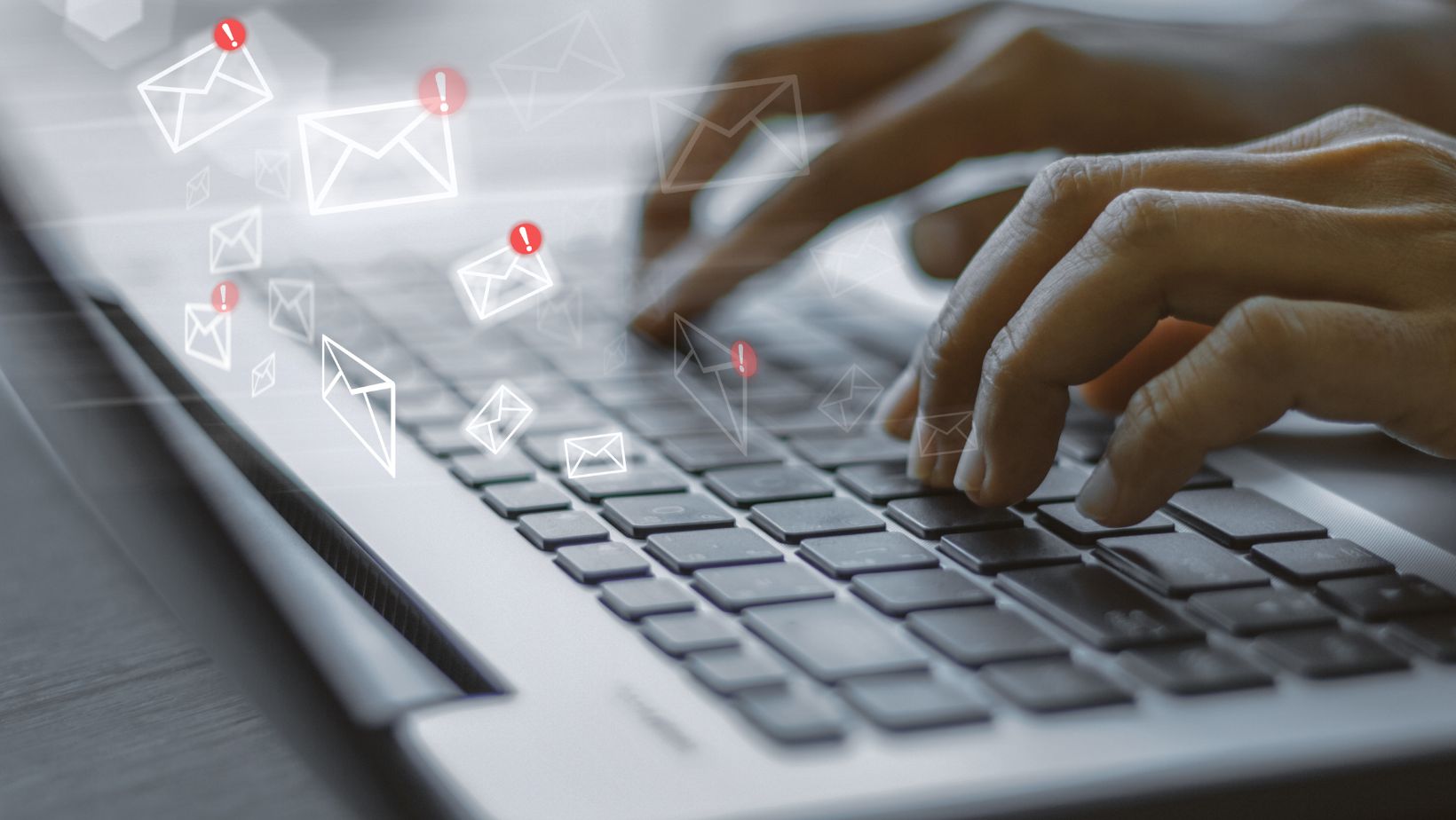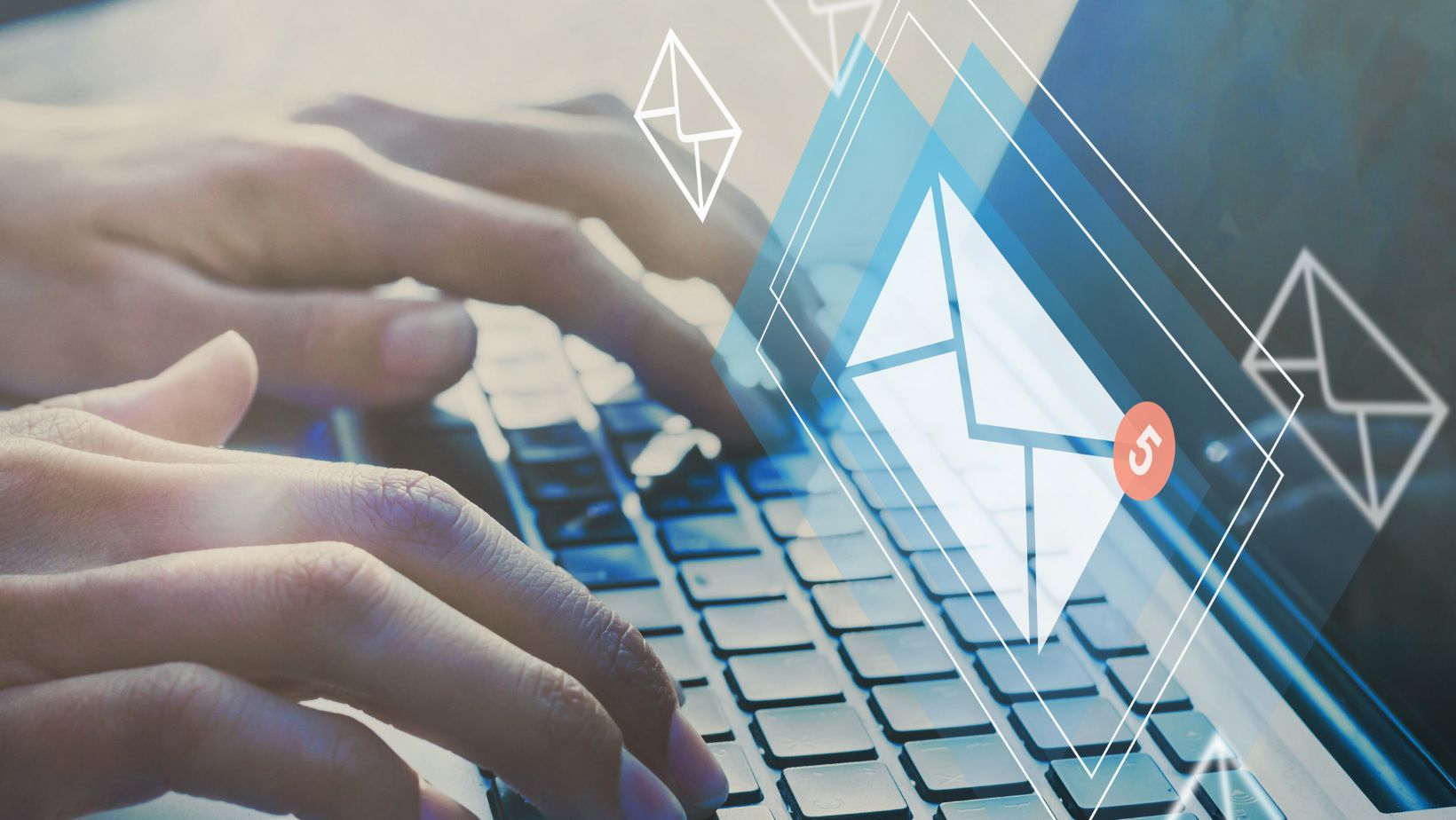Your email account is the key to your digital life. From banking to social media, almost every service starts with an email address, and that makes it a prime target for data collection and cybercrime. Many people assume that “free” email accounts are all the same, but the truth is that not every provider protects your privacy equally. Some free services make their money by analysing user data or showing personalised ads. When you sign up, it’s worth asking: who’s really paying for this service?
Major providers like Gmail and Outlook have faced criticism for scanning user emails to tailor advertising. While these practices are often automated, they still mean that your personal correspondence becomes a source of data. For people who care about confidentiality — whether you’re a student, freelancer or small business owner — choosing a privacy-first email provider can make all the difference.
Choosing A Secure Free Email Provider
A good free email service balances usability with strong privacy protection. Look for features such as end-to-end encryption, two-factor authentication (2FA) and zero-access architecture, meaning even the provider can’t read your messages. Avoid using the same password you use elsewhere and consider creating a separate recovery email that isn’t linked to other online accounts.
Many free email services offer free plans with built-in encryption and strict privacy policies. Their business models are usually funded by optional premium tiers rather than by selling user data, like the major ad-supported platforms.
The setup process is straightforward — you simply create an account, verify your identity and can start sending encrypted emails within minutes.
Safety Tips For Everyday Email Use
Once your new email account is live, take a few extra steps to keep it secure. Enable 2FA using an authentication app instead of SMS codes, as text messages can be intercepted. With phishing scams growing increasingly sophisticated by the day, always be cautious when clicking links or downloading attachments, even from known contacts.

If you plan to use your new account for newsletters or online shopping, consider creating separate folders or even a second address. This helps reduce clutter and limits the fallout if one account is ever compromised.
Building Long-Term Email Security Habits
Safe email use is less about complex tech and more about consistent habits. Review your security settings regularly, update passwords every few months and sign out when using shared computers.
Remember: your inbox contains sensitive information, from personal messages to password resets, so treat it with the same care you would your finances.
Setting up a free email account safely doesn’t require advanced skills, just awareness and good choices. By choosing a privacy-focused provider and adopting secure habits, you can enjoy the convenience of free communication without sacrificing your digital safety.

